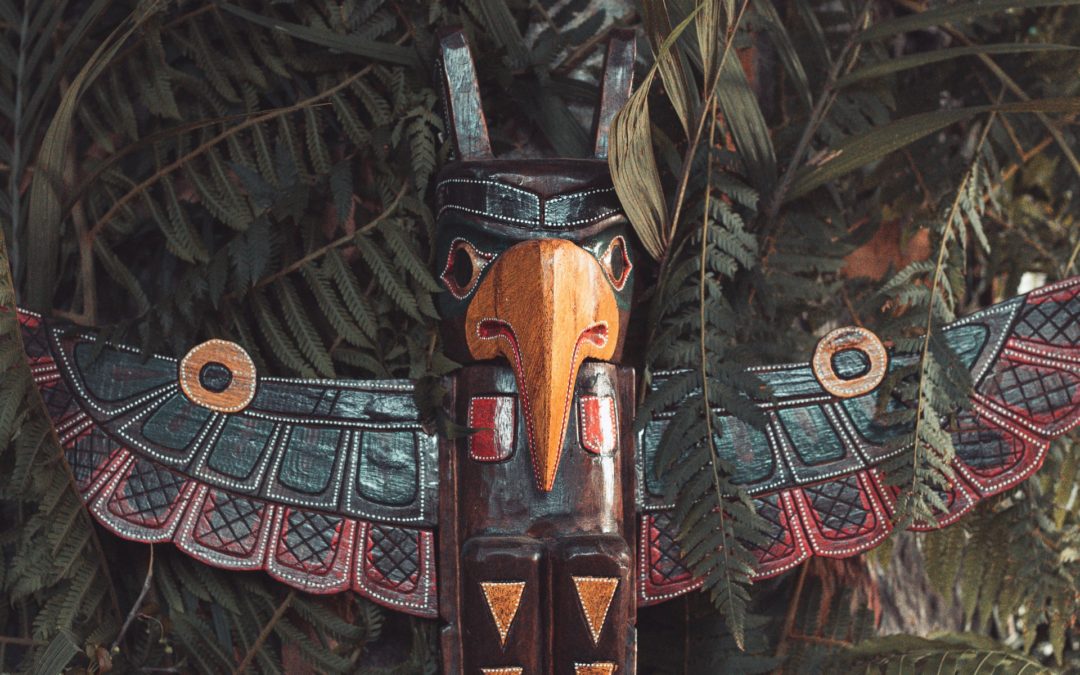Guest blog post by Meg Gisonda
Days of awareness are an excellent reminder for all of us to educate ourselves on various issues, both historical and ongoing, that affect people and animals around the world. Monday was International Day of the World’s Indigenous People, and the UN named the theme of 2021 to be “Leaving no one behind: Indigenous peoples and the call for a new social contract.” Although it is by definition neither official nor written, a social contract is a powerful tool for maintaining peace and fairness within society. By living within this contract, people are entitled to a reasonable expectation that their fellow members of society will support them, or at the very least not harm them. With troublingly few exceptions, central governments have not honored their social contract when it comes to certain groups of people, especially Indigenous communities. So perhaps the problem is not that we need a new social contract, but rather that Indigenous people have no reason to trust the existing social contract.
The modern concept that humans are separate from and superior to nature, often referred to as the Anthropocene, is a major component of the backstory to our current crises of biodiversity loss and climate change. This division can be traced to the conquest of what is known as the Americas, which involved the colonization and plunder of forests and the Indigenous people whose worlds intertwined with them. The violent process of this division still persists today through ongoing colonization, often in pursuit of economic dominance, which prioritizes short-term returns above the landscapes that sustain communities, livelihoods, and cultures around the world.
In the midst of the pandemic, many of us have found solace through our relationships with the natural world. During the last 18 months, the soil has become a place for me to pour my grief, my anxiety, my loneliness; something that held my hands with the warm and comforting wisdom of a parent—one that knows you, because it is you. The more time I spent in my garden, the more I got to know the other residents of my home. I’d whistle back and forth with the family of cardinals who built a nest in the yard. The party grew when a blue jay nested about five yards away from the cardinals. Jumping spiders took shelter in my dahlias, and bees and wasps built nests nearby. I came to recognize the residents of my yard and began to look for them when I was outside, and sometimes I’d find them looking for me.
Responding to the biodiversity and climate crises will require dismantling the human-centric narrative defining the Anthropocene. We must instead strive for a new relationship with nature that is often foundational in the various cultures of Indigenous communities. Indigenous knowledge, which is based on their relationship with the environment, has the ability to disrupt the Anthropocene and its subsequently dangerous levels of human entitlement. According to anthropologist Eduardo Kohn, “if ‘we’ are to survive the Anthropocene… we will have to actively cultivate these ways of thinking with and like forests.”
In recognition of International Day of the World’s Indigenous Peoples, let’s heal our social contract with Indigenous communities so that we may heal our relationship with nature. The acknowledgment and utilization of Indigenous knowledge are crucial if we hope to stop the transformation of complex ecosystems into capital for short-term economic gain. Indigenous peoples have consistently and effectively protected nature within their designated regions, often with equal or greater success than government-backed entities on federally protected land. Clearly, we have much to learn from Indigenous communities all over the world, and we can only hope to gain the full extent of their knowledge if we honor the social contract they are entitled to. The wisdom of Indigenous communities will be a powerful tool in our collective movement to achieve well-being for all beings.
Bibliography
Davis, H., & Todd, Z. (2017). On the Importance of a Date, or, Decolonizing the Anthropocene. ACME: An International Journal for Critical Geographies, 16(4), 761–780.
De la Cadena, M., Foster, R. J., & Reichman, D. R. (2015). Earth Beings: Ecologies of Practice across Andean Worlds (Illustrated edition). Duke University Press Books.
Haraway, D. (1988). Situated Knowledges: The Science Question in Feminism and the Privilege of Partial Perspective. Feminist Studies, 14(3), 575–299. https://doi.org/10.2307/3178066
Haraway, D. J. (2016). Staying with the Trouble: Making Kin in the Chthulucene. Duke University Press.
Moore, J. W. (2017). The Capitalocene, Part I: On the nature and origins of our ecological crisis. The Journal of Peasant Studies, 44(3), 594–630. https://doi.org/10.1080/03066150.2016.1235036
Plumwood, V. (2003). Animals and ecology: Towards a better integration (ANU Research Publications) [Working/Technical Paper]. Australian National University. http://digitalcollections.anu.edu.au/handle/1885/41767
Tavares, P. (2014). On the Earth-Object. In G. Pereira (Ed.), Savage Objects (pp. 215–230). https://www.academia.edu/1966919/Savage_Objects
Tsing, A. (2017). The Buck, the Bull, and the Dream of the Stag: Some unexpected weeds of the Anthropocene. Suomen Antropologi: Journal of the Finnish Anthropological Society, 42(1), 3–21.
